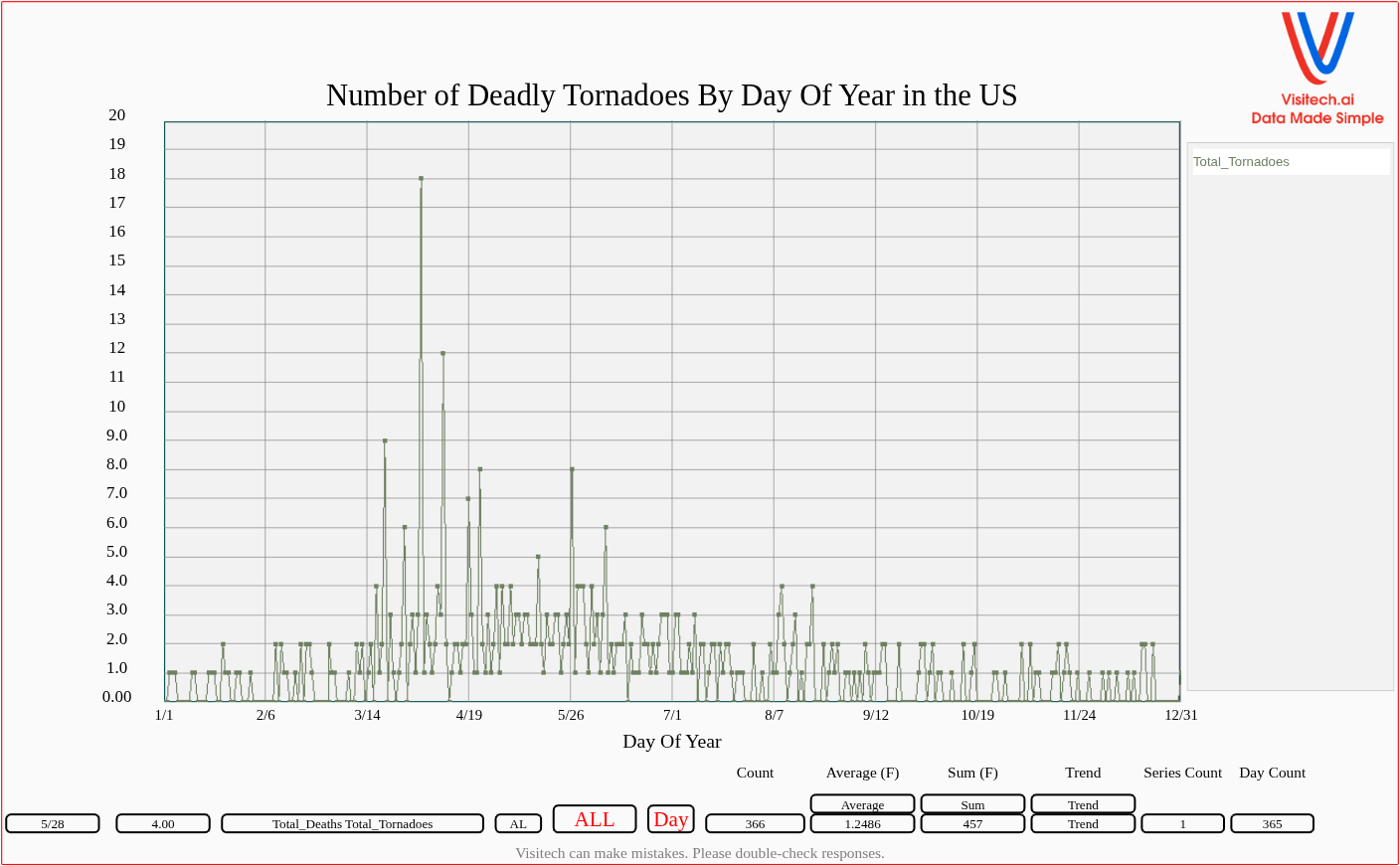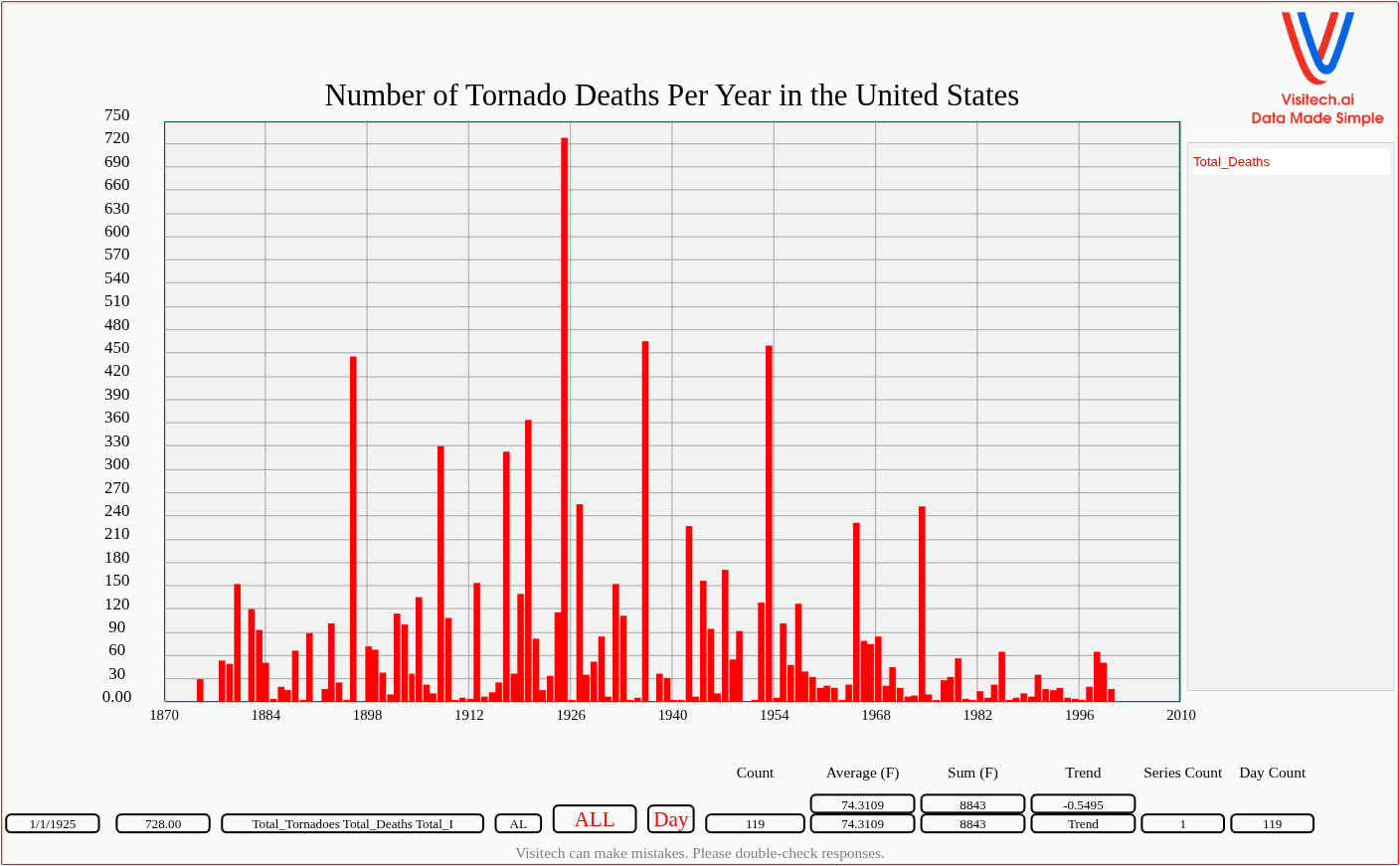From the Wall Street Journal. January 5, 2024
“Elon Musk and his supporters offer several explanations for his contrarian views, unfiltered speech and provocative antics. They’re an expression of his creativity. Or the result of his mental-health challenges. Or fallout from his stress, or sleep deprivation.
In recent years, some executives and board members at his companies and others close to the billionaire have developed a persistent concern that there is another component driving his behavior: his use of drugs.”
Elon Musk Has Used Illegal Drugs, Worrying Leaders at Tesla and SpaceX – WSJ
















